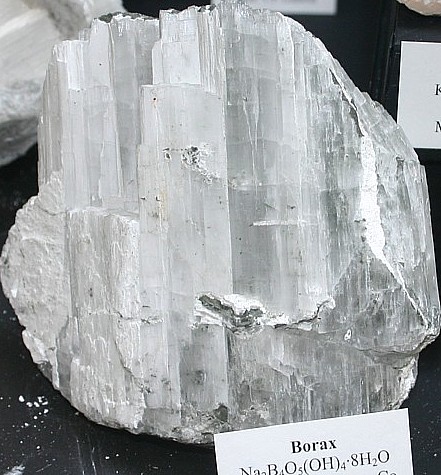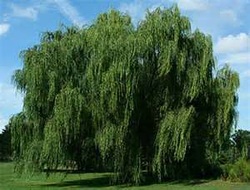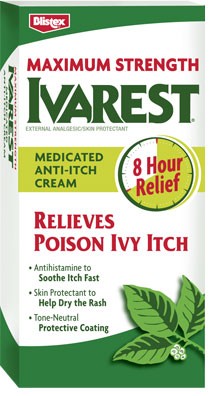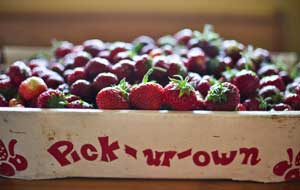What is citric acid?
Citric acid is what makes our food sour or tart. While researching this, I learned that citric acid is used in everything from soda to varnish remover. It is in practically every food you buy. A lot of people that can their own food use citric acid as a preservative. This form is usually a white powder that is similar in taste to lemons.
 How is citric acid produced?
How is citric acid produced?While citric acid is found organically in food, the citric acid used in foods in your local grocer, is not the same. Because of the expense of using citrus fruits, companies manufacture citric acid using the A.niger mold. Yes mold! This mold feeds on corn syrup glucose. Most of us know by now that corn is one of the most genetically modified foods available.
Here are 2 examples of the A. niger mold. As you can see, this is the same mold found on food improperly stored and in your bathroom!
Is citric acid organic?
Because citric acid is water soluble, it is considered an organic acid. But, the USDA does allow up to 5% of non-organic substances to be in food labeled organic and up to 30% in food labeled "made with organic". this can be up to 50 different substances! While I am no expert, that sounds like a lot of non-organic stuff in "organic" food.
Is citric acid unhealthy?
I think that is really for you to decide for yourself. There are no guidelines in place as to how much is too much. Knowing that citric acid is manufactured from a mold that feeds on corn, is enough for me to seriously look at what I buy. I do can some of my own food but, I have never used citric acid. I think for home canners using the real thing (lemon juice) is an inexpensive thing to do.
I did find this article that looks at citric acid from a dentist's perspective. As a mom that raised a daughter that was addicted to the candy "war heads", I can attest to the fact that her teeth suffered due to this. As a matter of fact, her dentist told me she was better off eating a half a gallon of ice cream instead of one package of this candy!
There are forums and comments on many sites from people that have developed allergies to citric acid with some pretty harsh side effects. It would seem that while this additive sounds natural it is anything but.
I hope this has enabled you to make a better informed decision concerning what you eat. We should not be afraid of our food.





























